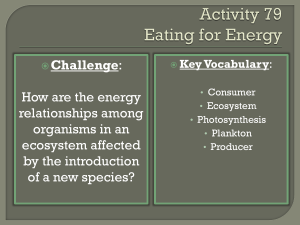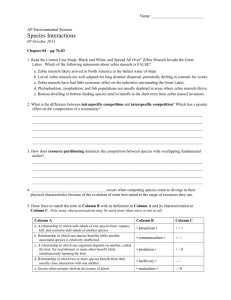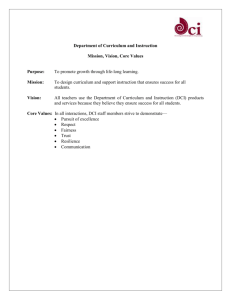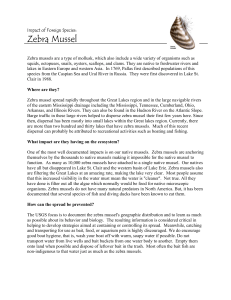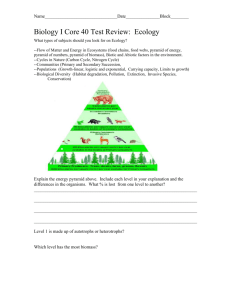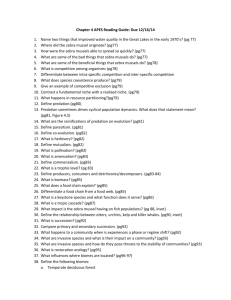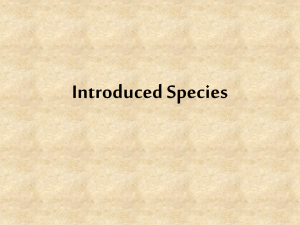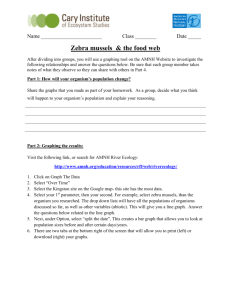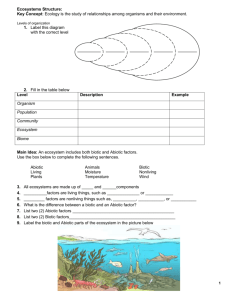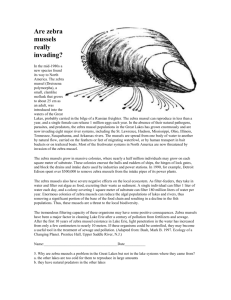PQP tool developed by the Sacramento Area Science Project
advertisement
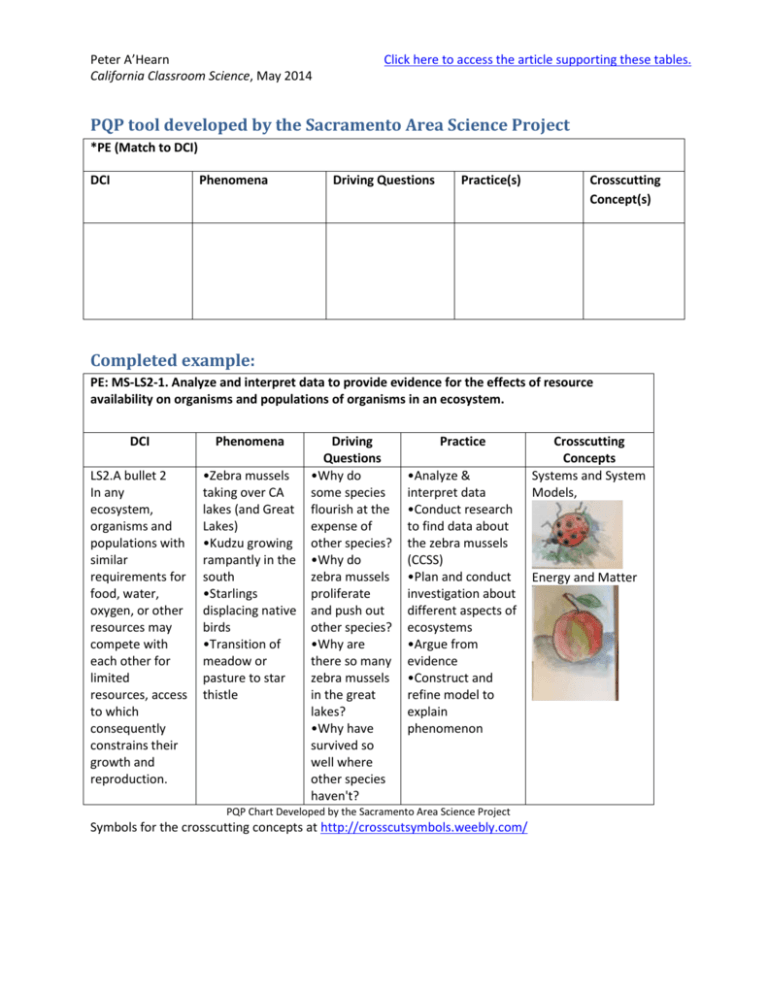
Peter A’Hearn California Classroom Science, May 2014 Click here to access the article supporting these tables. PQP tool developed by the Sacramento Area Science Project *PE (Match to DCI) DCI Phenomena Driving Questions Practice(s) Crosscutting Concept(s) Completed example: PE: MS-LS2-1. Analyze and interpret data to provide evidence for the effects of resource availability on organisms and populations of organisms in an ecosystem. DCI Phenomena LS2.A bullet 2 In any ecosystem, organisms and populations with similar requirements for food, water, oxygen, or other resources may compete with each other for limited resources, access to which consequently constrains their growth and reproduction. •Zebra mussels taking over CA lakes (and Great Lakes) •Kudzu growing rampantly in the south •Starlings displacing native birds •Transition of meadow or pasture to star thistle Driving Questions •Why do some species flourish at the expense of other species? •Why do zebra mussels proliferate and push out other species? •Why are there so many zebra mussels in the great lakes? •Why have survived so well where other species haven't? Practice •Analyze & interpret data •Conduct research to find data about the zebra mussels (CCSS) •Plan and conduct investigation about different aspects of ecosystems •Argue from evidence •Construct and refine model to explain phenomenon PQP Chart Developed by the Sacramento Area Science Project Symbols for the crosscutting concepts at http://crosscutsymbols.weebly.com/ Crosscutting Concepts Systems and System Models, Energy and Matter
